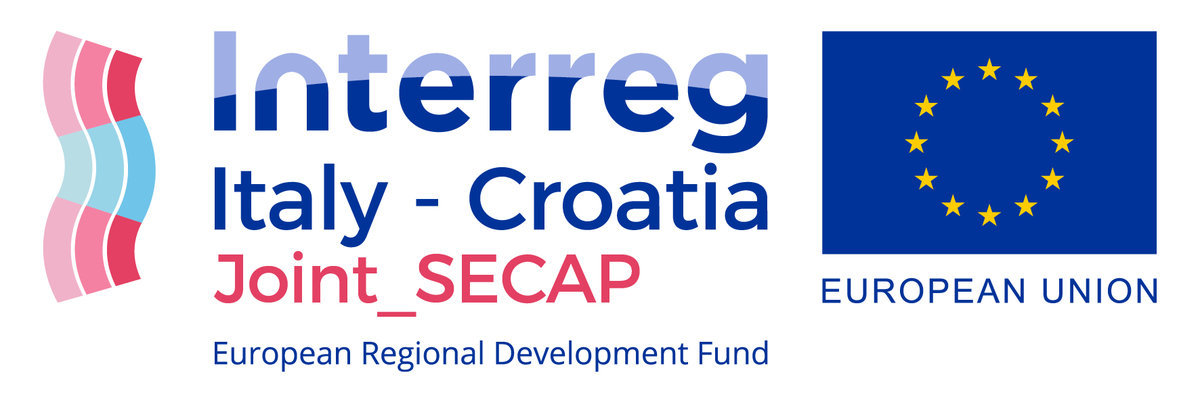
Climate change adaptation is currently a “hot topic” on the global scene. Adaptation means anticipating the adverse effects of climate change and taking appropriate action to prevent or minimise the damage they can cause, or taking advantage of opportunities that may arise. In 2013, the European Commission adopted an EU adaptation strategy that sets out the framework for strengthening Europe resilience to the impacts of climate change. In addition, the Commission and EEA set up an EU platform (Climate-ADAPT) collecting technical knowledge and offering information and tools specifically on adaptation to climate change. The same Commission launched in 2014 Mayors Adapt – the Covenant of Mayors (CoM) Initiative on Climate Change Adaptation, to engage cities in taking action to adapt to climate change. Mayors Adapt was conceived at first as a parallel initiative to the CoM, which focused on mitigation, but in 2015 the Commission merged the two initiatives in an effort to promote an integrated approach to climate and energy action. Many local governments already developed local strategies and plans for sustainable energy (SEAPs) in the framework of the CoM. Nevertheless, the transition to more comprehensive strategies taking into account climate change adaptation issues is still at its dawn. Moreover, though it is clear that climate-related issues often require a supra-local approach, most SEAPs only address the urban/municipal level, thus lacking the necessary territorial synergies that can make mitigation and adaptation policies and actions really effective. The project idea reflects the necessity to operate at a wider district level and better define strategies and actions for climate change adaptation, especially for those weather and climate changes and hydrogeological risks affecting coastal areas. The project is structured into two main phases.The first phase is developed to build the common methodology for Joint Actions definition and implementation and to share the basic knowledge about issues concerning climate change adaptation strategies and energy efficiency measures. A context analysis for each target area will prepare the consequent pilot activities, investigating plans and measures already planned for each territory, analysing funding opportunities and describing risks and vulnerabilities at the district level. A web platform will be designed to share information, to support planning activities and even to monitor results and ongoing actions. The second phase starts upon the analysis uploaded in the web platform, acting as a useful tool for the development of scenarios for the Joint Actions to be implemented in the Joint SECAP plans, those last constituting the main project deliverable.
Ammontare totale del costo progetto: 2.094.857,50 €
Ammontare totale del finanziamento EU: 1.780.628,88 €
Quota Unicam: (85% ERDF 270.852,50 € / 15% MISE 47.797,50 € ): Totale : € 318.650,00

